From the Floating World
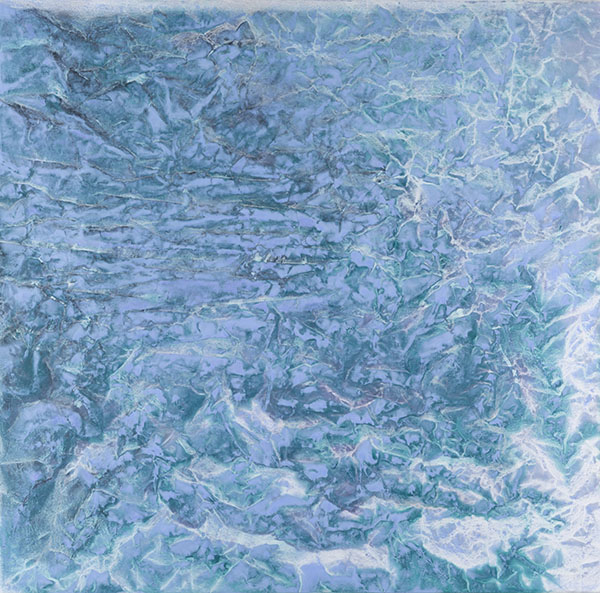
Student in life, I am exploring a territory where abstraction and nature meet. Even though my paintings are intentionally non-objective, they are inspired by landscape. I am trying to capture a fleeting moment in the life of nature that evokes contemplation. Since childhood, I always needed to do things my own way, through long observation, reading and immersing myself completely. Traditional Chinese painting, Eastern philosophy, physics, and poetry are important to my work. For example, the writings and beliefs of Schopenhauer with his theory of the Sublime, Leibnitz's ideas about micro-perception, Emerson and Thoreau about nature, and Bachelard's poetic philosophy of science among others.
When you look at my paintings, there is an ambiguity to what you see. There is an uncertain scale—microscopic or macroscopic. It could be magnified particles or a planetary landscape. The use of pure pigments gives a unique vibration with an emotional resonance and tactile quality. My medium is very fluid. I use smooth varnishing brushes to avoid brush stroke marks. The disappearance of the brush marks reinforces the mysterious quality of the painting, and it allows the artist to disappear and for nature to emerge.
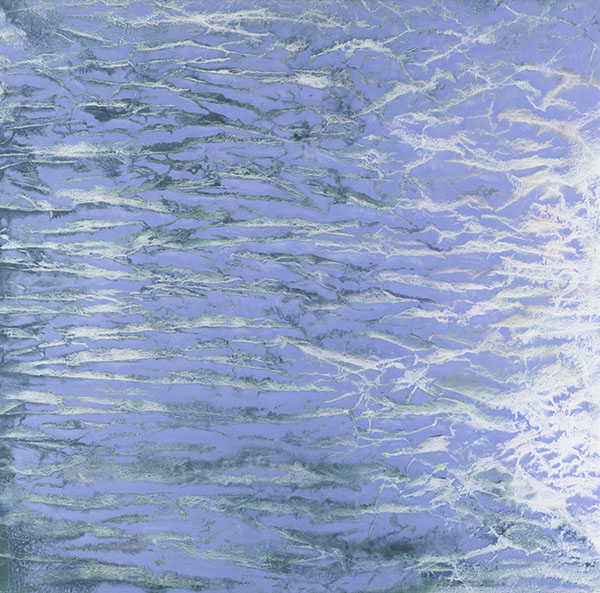
In 2019, the Marmottan Monet Museum opened its door to contemporary art asking artists to have a dialogue with a work of art from the museum's collection. The museum has the largest and most important collection of Claude Monet and Berthe Morisot in the world.
As a painter focusing on Landscape, it was obvious that I would choose a Monet painting to have a dialogue with. Such a great honor to be given this amazing opportunity by the Marmottan Monet Museum and the French Academy, and at the same time, a thrilling challenge. My museum show Unexpected Dialogues—Monet/Colombet was scheduled to run from April to October 2020, but it was rescheduled due to Covid-19. Being able to work during the pandemic with such a prestigious outcome was a blessing and gave me also more time to reflect and to paint.
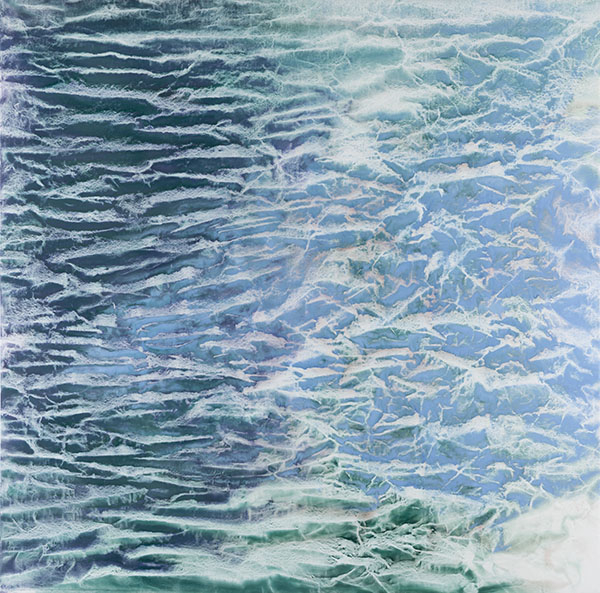
Monet loved nature and would certainly be very upset and distressed today about climate change and the destruction and disappearance of the landscape, that the world took for granted at that time. As nature recedes, we are left with the ephemeral, and that was what I wanted to convey: disappearance, movement, light variations, changing reflections on the surface of water, and the mystery of what we see.
I chose the painting The Arm of the Seine, Near Giverny that Monet painted from his boat, early morning, as it was moored on the river's bank. Why this painting specifically? I realized that this Monet painting raised the same questions people ask about my work. What are we looking at? Is it painted from above? We don't know exactly from where it is painted. The fact that Monet painted it from his boat, we feel we are floating as we look at it. An out-of-body experience. Also, The Arm of the Seine, Near Giverny could be easily seen upside down. What is real, what is the reflection? There is a blur, an uncertainty. Because of the mystery of this painting and the similar questions that could apply to my work, I began a series of paintings for this Unexpected Dialogue Series and titled them "From the Floating World," in direct dialogue with The Arm of the Seine, Near Giverny that Monet painted in 1896 and 1897. My series of paintings are all the same size as the Arm of the Seine, Near Giverny part of the collection of the Musee Marmottan Monet (93 x 91 cm).
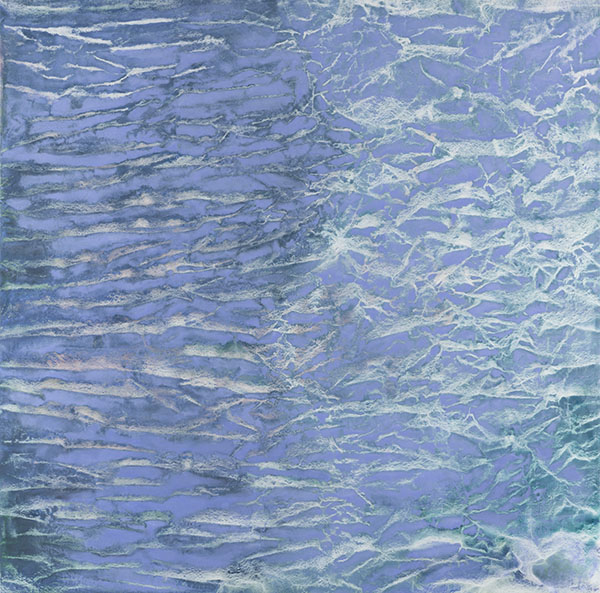
The title "From the Floating World" is inspired by Monet's important collection of the Japanese wood prints, Ukiyo-e (浮世絵), or "Pictures of the Floating World," which inspired the Impressionists in terms of content, style, and approach. And inspired me to create the "From the Floating World" paintings in the middle of the Covid pandemic, aware that the beauty of nature we took for granted is now vanishing before our eyes. The planet is still beautiful, despite Climate Change evolving rapidly, but there is no doubt for most of us that the future is now.
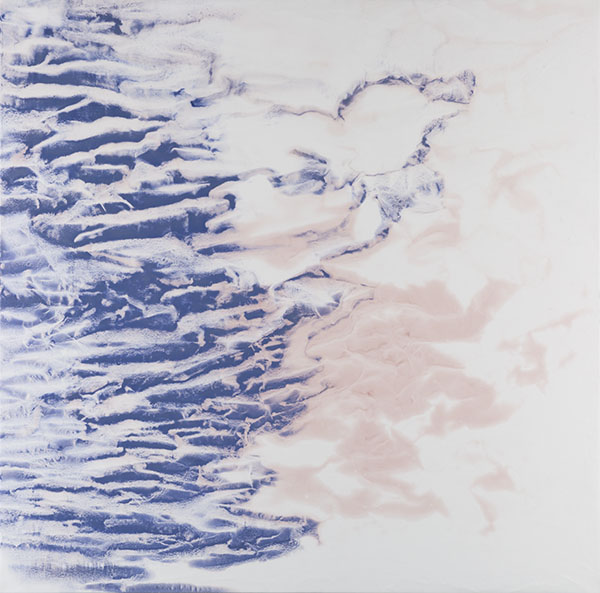

French-born, American visual artist Vicky Colombet works and lives between New York, Upstate New York and Paris. Colombet, whose mother was of Asian descent, spent her childhood traveling extensively with her parents across Southeast Asia and India. Eastern thinking became an important part of her perception of the world. Colombet studied law at the Sorbonne and began her career as a graphic designer and writer before being invited to study in the Paris atelier of Henri Dimier (1899-1986). They shared an interest in the metaphysical beliefs in what lies beyond, underlies or transcends the physical nature of the world and reality.
With a career spanning over three decades, Vicky Colombet's abstract paintings, works on paper, prints, fine art photography, and architectural glass projects exist in conversation with various art historical movements—from traditional Chinese painting to Abstract Expressionism. Her focus on landscape and preservation of nature has naturally led her to be more and more involved in environment and climate change.